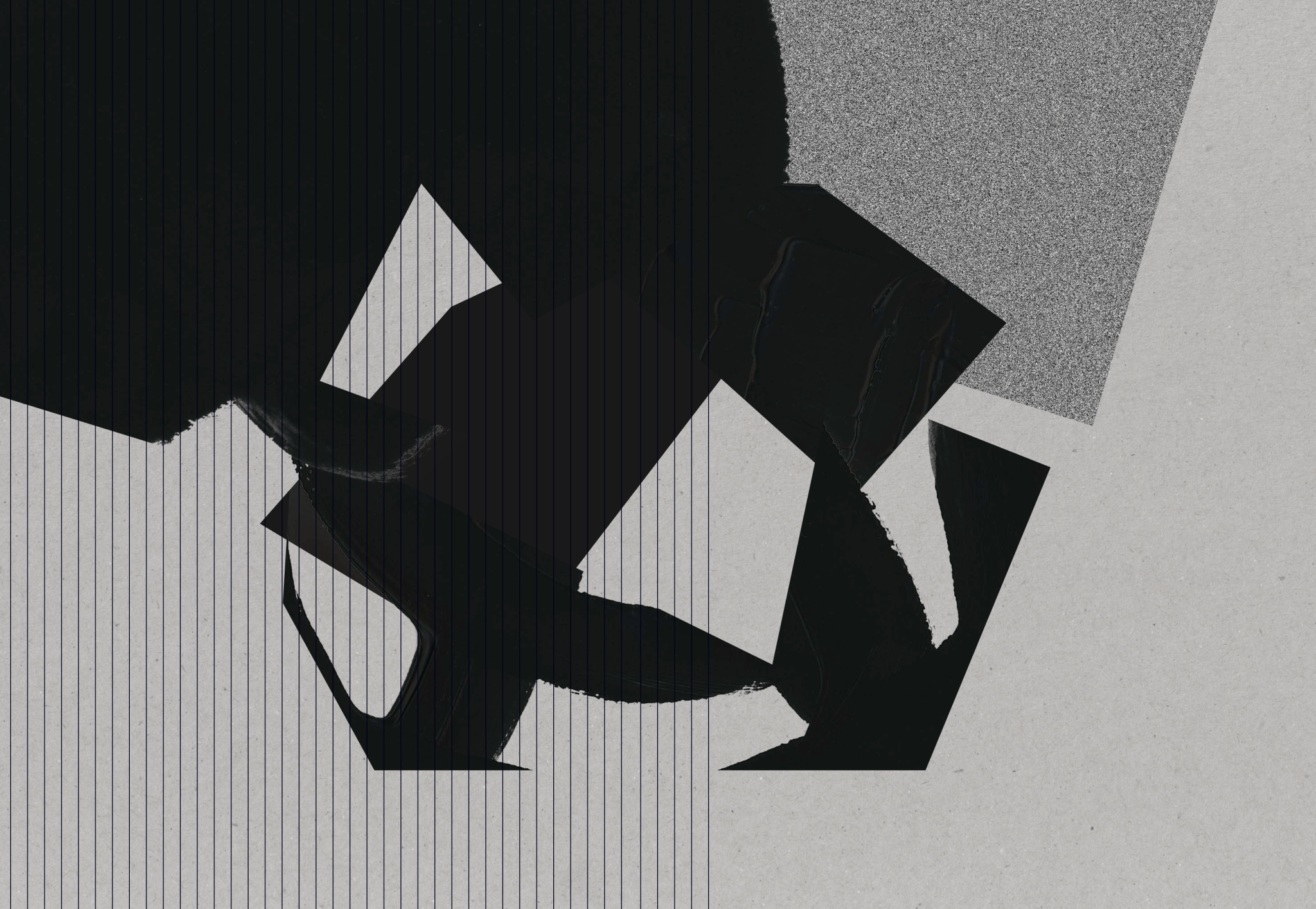MA - NEGATIVE SPACE
P E N S É E S
MA is the Japanese word for emptiness, interval, pause, interstice. In architecture, it is the space between two pillars or table legs. It is not an open, opening space but an “imprisoned”space that is confined, framed. It is always in relation to what delimits it.
There is nothing in this negative space. But is a Nothing that is clearly delimited and has a certain space really nothing? “The pause is also part of the music,” Stefan Zweig said. And the table wouldn’t be one were it not for the negative space between its legs.
The pause is also part of the music.
STEFAN ZWEIGThe slash painting by Lucio Fontana, the founder of Spatialism – an art movement which aims at breaking up the two-dimensionality of works of art – addresses this negative space in two ways. On the one hand, there are the brutal-looking slashes, which are essentially Nothing: they have no matter and are therefore non-matter which breaks up or interrupts matter. They seem to be breathing something out, releasing pressure, and this aggravates them – that is why they rise up, cause the edges of the matter to swell up, create shadows and transform two dimensions into three. At the same time, even though they are “only” non-matter, they are more visible than the tangible, firm canvas. It is they that are first perceived. What do we see, in the painting? Eight clean slashes, one might say. But one might also say: a dark-white canvas, interrupted by eight slashes; after all, the canvas is a Something, a Thing, and there is more of it there.
On the other hand, in this slashed painting, there is the space between the slashes which is perceived as negative space, much more so than the slashes themselves. Is that what it is? A Nothing between nothing? And: If the surface of the slashes was larger than the canvas, would they be the negative spaces then? What is negative space here, and what isn’t?
ARTICLES FROM OUR MAGAZINE

PENSÉES: INTERSPACES
Any gap needs poles, a top and a bottom, a left and a right, a front and a back. It creates tension, and in this tension lies fecundity. By opening up, the gap gives rise to another possibility. It lets us discover resources we had not considered until now, of which we had not even suspected they exist.

PENSÉES: THE INDIVIDUAL, THE ANTI-UNIVERSAL
About open societies and their enemies, about a static universal condemned to a standstill, the individual as a prerequisite for plurality and the "inventive Between".

IN DIALOGUE WITH DESIGNER: ANNA SOSNOVSKA
Anna Sosnovska in an interview about the absence of creative opportunities in her home country Belarus and about her strong will to develop. About her inspirations, ideas and the random connection that results from the flow of thoughts and feelings. As well as about symbolic boundaries and the meaning of the word luxury.

